Top Quality Material Handling Equipment
Date Posted:28 August 2024
Maintaining and caring for your material handling equipment is essential for ensuring its efficiency, safety, and longevity.
Material handling equipment is the backbone of many industries, facilitating the movement, storage, and control of goods and materials. To ensure this equipment operates efficiently and safely, regular maintenance and care are essential. Here’s a comprehensive guide on how to maintain and care for your material handling equipment.
1. Regular Inspections
Regular inspections are the first step in maintaining material handling equipment. These inspections help identify potential issues before they become serious problems. Here’s what to look for during inspections:
- Visual Check: Examine the equipment for signs of wear and tear, such as cracks, rust, and loose parts.
- Operational Test: Ensure all functions, such as lifting, lowering, and moving, are working smoothly.
- Safety Features: Check that all safety mechanisms, such as brakes and emergency stop buttons, are functioning correctly.
Scheduling inspections at regular intervals, such as weekly or monthly, helps keep your equipment in top condition and reduces the risk of unexpected breakdowns.
2. Proper Cleaning
Keeping your material handling equipment clean is crucial for its longevity and performance. Dirt, dust, and debris can accumulate on the equipment, leading to wear and tear. Here’s how to keep your equipment clean:
- Daily Cleaning: Wipe down surfaces and remove any debris after each use.
- Deep Cleaning: Periodically, perform a more thorough cleaning using appropriate cleaning agents and methods. Ensure moving parts are free from dirt and grime.
- Rust Prevention: Apply anti-rust coatings to metal parts to prevent corrosion, especially in humid environments.
Proper cleaning not only maintains the equipment’s appearance but also prevents mechanical issues caused by dirt and debris.
3. Lubrication
Lubrication is vital for the smooth operation of moving parts. Without proper lubrication, friction can cause excessive wear and eventually lead to equipment failure. Here’s how to ensure your equipment is properly lubricated:
- Follow Manufacturer Guidelines: Use the recommended type and amount of lubricant specified by the manufacturer.
- Regular Application: Lubricate moving parts regularly, considering the usage frequency and working conditions.
- Check for Leaks: Regularly inspect for any signs of oil or grease leaks, and address them promptly.
Proper lubrication reduces friction, minimises wear, and extends the life of your equipment.
4. Training and Education
Proper use of material handling equipment is crucial for its maintenance. Training your staff on correct operating procedures can prevent damage and extend the life of the equipment. Here’s how to ensure proper use:
- Comprehensive Training: Provide thorough training to all operators on how to use the equipment safely and efficiently.
- Refresher Courses: Conduct regular refresher courses to keep staff updated on best practices and any new procedures.
- User Manuals: Ensure operators have access to and understand the equipment’s user manuals.
Well-trained staff are less likely to misuse equipment, reducing the likelihood of damage and the need for repairs.
5. Routine Maintenance
Routine maintenance is essential for the longevity and reliability of material handling equipment. This includes scheduled servicing and replacement of parts. Here’s a routine maintenance checklist:
- Scheduled Servicing: Follow the manufacturer’s recommended servicing schedule, which typically includes checking and replacing parts, lubricating, and inspecting safety features.
- Parts Replacement: Regularly replace worn-out or damaged parts to prevent them from causing further damage to the equipment.
- Record Keeping: Maintain detailed records of all maintenance activities, including dates, parts replaced, and any issues identified.
Routine maintenance helps identify and address minor issues before they become major problems, ensuring your equipment remains reliable and safe.
6. Safety Checks
Safety is paramount when it comes to material handling equipment. Regular safety checks ensure that the equipment is safe to use and that any potential hazards are addressed promptly. Here’s what to include in your safety checks:
- Brake Functionality: Ensure all braking systems are working correctly to prevent accidents.
- Load Capacity: Verify that the equipment is not being overloaded and that it operates within its specified load capacity.
- Protective Devices: Check that all protective devices, such as guards and barriers, are in place and functioning.
Regular safety checks help prevent accidents and ensure compliance with safety regulations.
7. Storage and Handling
Proper storage and handling of material handling equipment are crucial for its maintenance. When not in use, equipment should be stored in a safe and secure location. Here’s how to store and handle your equipment properly:
- Safe Storage: Store equipment in a clean, dry place away from direct sunlight and moisture.
- Handling Precautions: Handle equipment with care, avoiding rough or improper use that could cause damage.
- Covering: Use covers to protect equipment from dust and environmental elements when not in use.
Proper storage and handling prevent unnecessary wear and tear and extend the life of your equipment.
Maintaining and caring for your material handling equipment is essential for ensuring its efficiency, safety, and longevity. Regular inspections, proper cleaning, lubrication, training, routine maintenance, safety checks, and proper storage and handling all play crucial roles in keeping your equipment in top condition. By following these guidelines, you can minimise downtime, reduce repair costs, and ensure that your material handling equipment remains reliable and efficient for years to come. Invest in proper maintenance today to reap the benefits of a well-maintained fleet tomorrow.
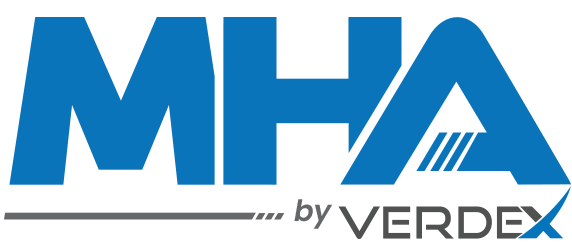
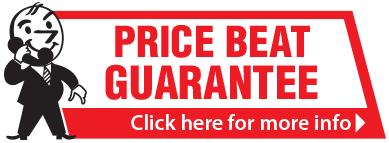

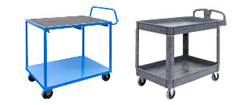

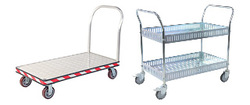
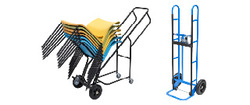
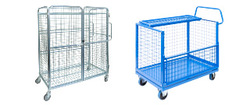
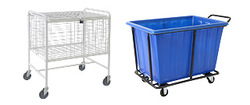
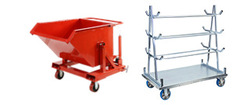
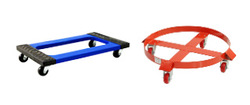
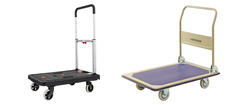
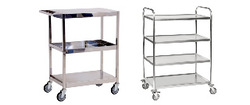
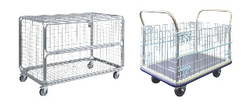
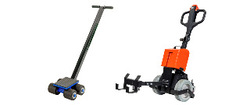
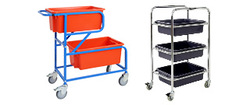
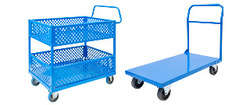
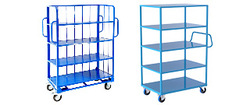
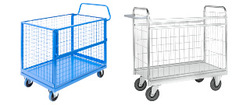
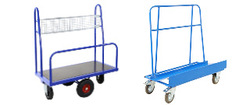
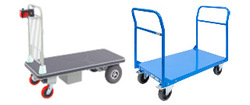
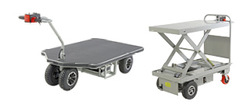
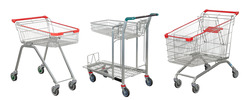
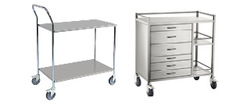
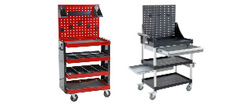
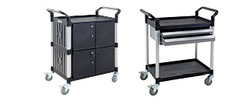
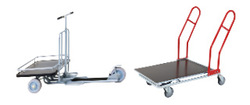
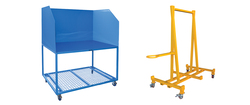



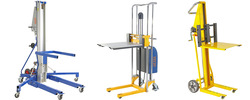



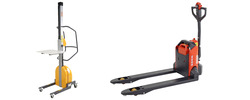
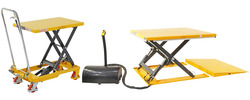
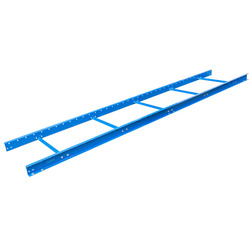
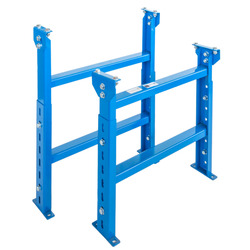
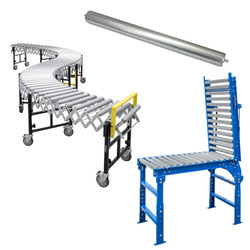
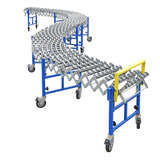


















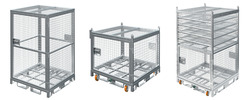

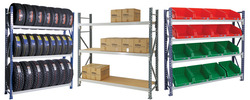
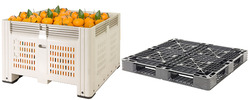
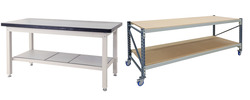
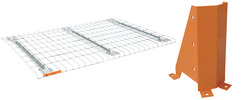
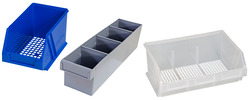

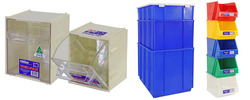

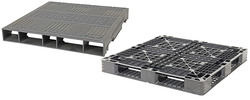
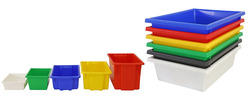
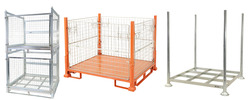
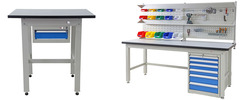
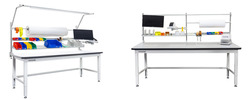

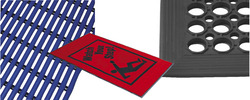
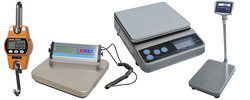



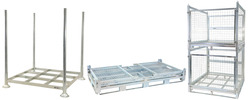
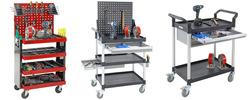
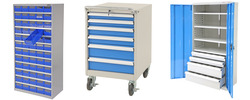
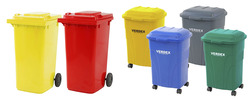
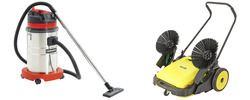











 Trolleys / Hand Trucks
Trolleys / Hand Trucks 2 Tier Trolleys
2 Tier Trolleys 3 Tier Trolleys
3 Tier Trolleys Aluminium Trolleys
Aluminium Trolleys Appliance & Hand Trucks
Appliance & Hand Trucks Cage Trolleys
Cage Trolleys Cleaning Carts & Trolleys
Cleaning Carts & Trolleys Construction Trolleys
Construction Trolleys Dollies
Dollies Foldable Trolleys
Foldable Trolleys Hospital Trolleys
Hospital Trolleys Laundry/Linen Trolleys
Laundry/Linen Trolleys Load Skates & Tow Tugs
Load Skates & Tow Tugs Mail / Office Trolleys
Mail / Office Trolleys Multi Purpose Trolleys
Multi Purpose Trolleys Multi-Tier Shelf Trolleys
Multi-Tier Shelf Trolleys Order Picking Trolleys
Order Picking Trolleys Panel Cart Trolleys
Panel Cart Trolleys Platform Trolleys
Platform Trolleys Powered Trolleys
Powered Trolleys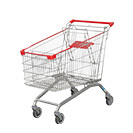 Shopping Trolleys
Shopping Trolleys Stainless Steel Trolleys
Stainless Steel Trolleys Tool Trolleys
Tool Trolleys Utility Carts
Utility Carts Warehouse Trolleys
Warehouse Trolleys Custom Trolleys
Custom Trolleys Lifting Equipment
Lifting Equipment Forklift Attachments
Forklift Attachments Jib Attachments
Jib Attachments Lifting Hoists & Pallet Hooks
Lifting Hoists & Pallet Hooks Manual Stackers & Lifters
Manual Stackers & Lifters Pallet Jacks
Pallet Jacks Pallet Lifters
Pallet Lifters Pallet Rotators & Dispenser
Pallet Rotators & Dispenser Powered Pallet Trucks & Electric Lifters
Powered Pallet Trucks & Electric Lifters Scissor Lift Trolleys and Tables
Scissor Lift Trolleys and Tables Conveyor Equipment
Conveyor Equipment Conveyor Frames
Conveyor Frames Conveyor Stands
Conveyor Stands Roller Conveyors
Roller Conveyors Skate Wheel Conveyors
Skate Wheel Conveyors Access Equipment
Access Equipment Container & Yard Ramps
Container & Yard Ramps Step Stools & Ladders
Step Stools & Ladders Work Platforms & Crane Cages
Work Platforms & Crane Cages Drum Handling
Drum Handling Drum Storage & Bunding
Drum Storage & Bunding Drum Trolleys & Lifters
Drum Trolleys & Lifters Forklift Drum Handling
Forklift Drum Handling Containment & Spillage
Containment & Spillage Aerosol Cans Storage Cages
Aerosol Cans Storage Cages Bunded Pallets & Storage
Bunded Pallets & Storage Corrosive Goods Storage Cabinets
Corrosive Goods Storage Cabinets Flammable Liquid Cabinets
Flammable Liquid Cabinets Forklift Gas Storage Cages
Forklift Gas Storage Cages Gas Cylinder Storage
Gas Cylinder Storage Site Storage
Site Storage Spill Kits
Spill Kits Stillage Cages
Stillage Cages Waste Handling
Waste Handling Bin Lifters & Tippers
Bin Lifters & Tippers Plastic Waste Bins and Carts
Plastic Waste Bins and Carts Steel Waste and Tipping Bins
Steel Waste and Tipping Bins Storage Equipment
Storage Equipment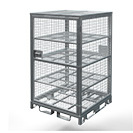 750 Series Cage Configurations
750 Series Cage Configurations Heavy Duty Cabinets & Benches
Heavy Duty Cabinets & Benches Heavy Duty Shelving
Heavy Duty Shelving Mega Bins & Pallets
Mega Bins & Pallets Packing Benches
Packing Benches Pallet Racking Accessories
Pallet Racking Accessories Parts Trays & Stor-Pak Bins
Parts Trays & Stor-Pak Bins Pegboard & Louvre Panels
Pegboard & Louvre Panels Plastic Bins
Plastic Bins Plastic Handling Solutions Bins
Plastic Handling Solutions Bins Plastic Pallets
Plastic Pallets Stack & Nest Bins
Stack & Nest Bins Storage Cages
Storage Cages Workplace Equipment
Workplace Equipment Workbenches
Workbenches Modular Workbenches
Modular Workbenches Electric Height-Adjustable Workbenches
Electric Height-Adjustable Workbenches Floor Matting
Floor Matting Industrial Weighing Scales
Industrial Weighing Scales Pallet Wrapping & Packaging Machinery
Pallet Wrapping & Packaging Machinery Ramps
Ramps Stationery Cupboards
Stationery Cupboards Storage and Stillage Cages
Storage and Stillage Cages Tool Trolleys
Tool Trolleys Tooling Cabinets
Tooling Cabinets Wheelie Bins
Wheelie Bins Workshop Equipment
Workshop Equipment Safety Equipment
Safety Equipment Gloves and PPE
Gloves and PPE Pallet Rack Post Protectors
Pallet Rack Post Protectors Safety Barriers & Bollards
Safety Barriers & Bollards Safety Knives & Cutters
Safety Knives & Cutters Signs and Traffic Supplies
Signs and Traffic Supplies Tool & First Aid Boxes
Tool & First Aid Boxes Construction Equipment
Construction Equipment Concrete Equipment
Concrete Equipment General Site Equipment
General Site Equipment Lifting Equipment
Lifting Equipment Site Storage
Site Storage Waste
Waste 











